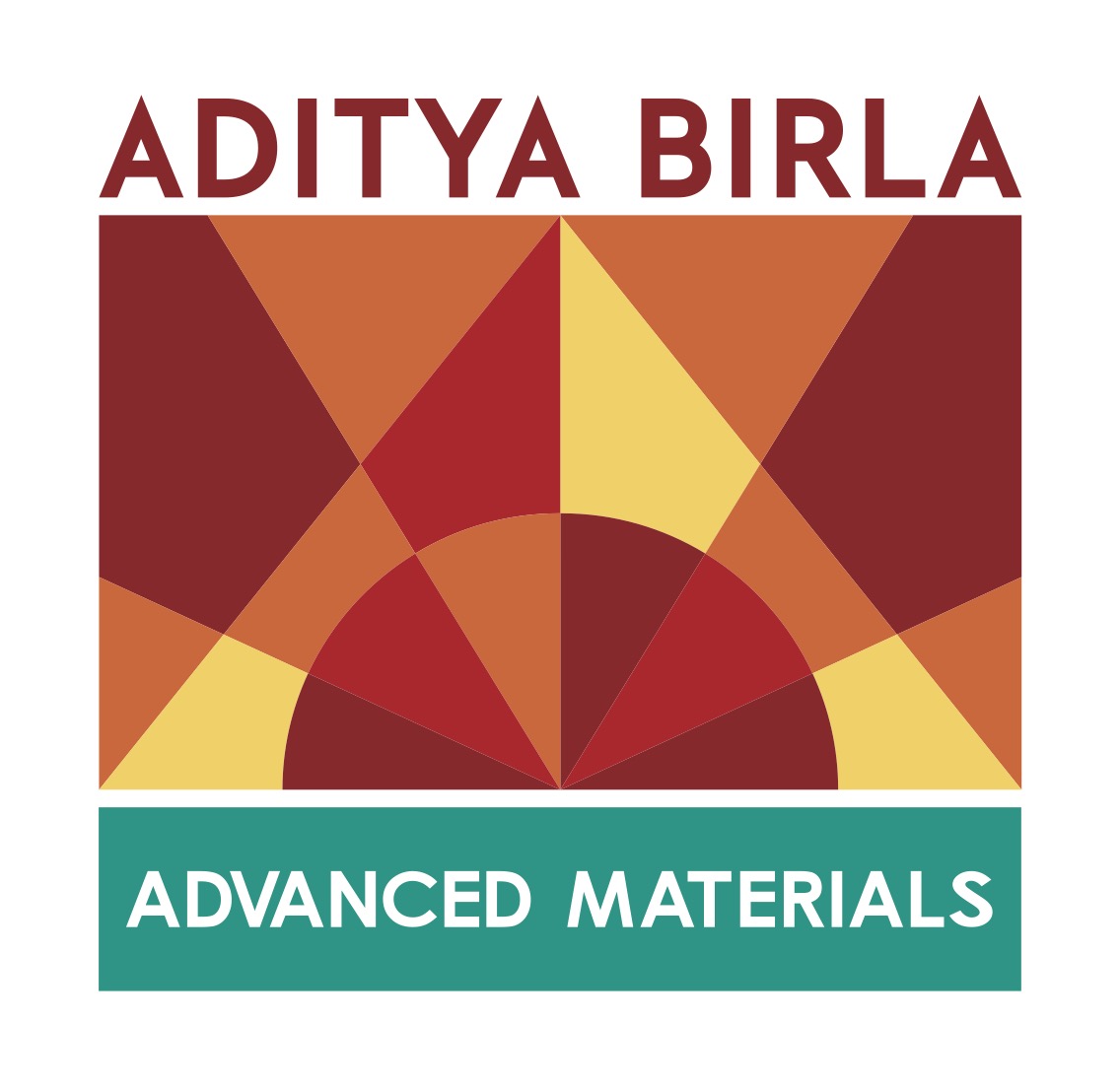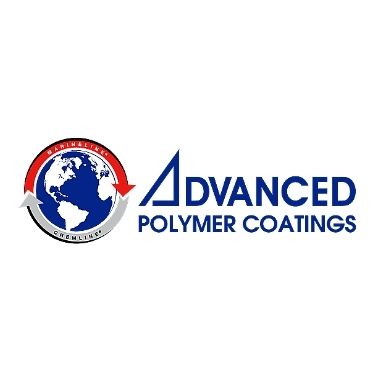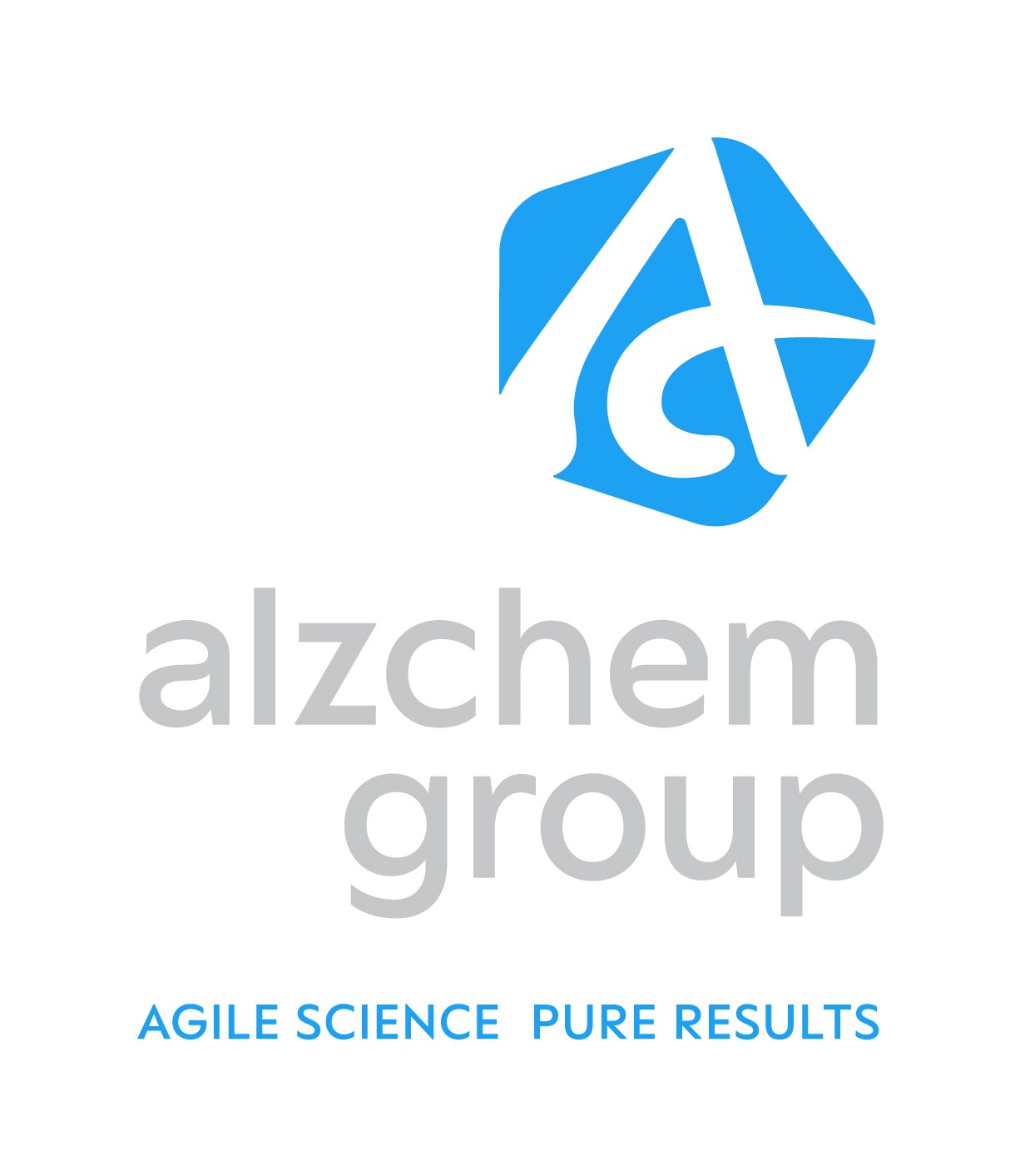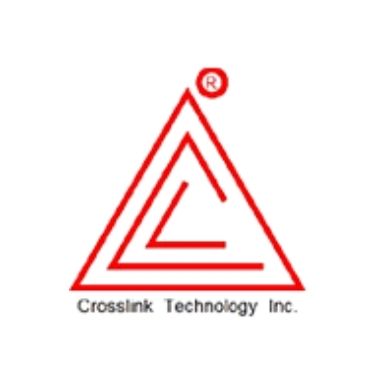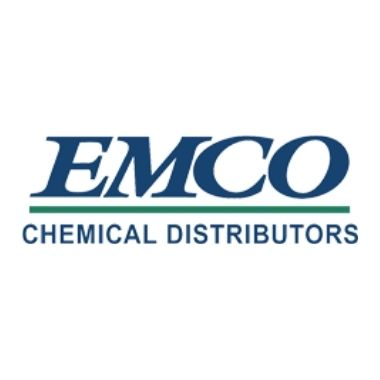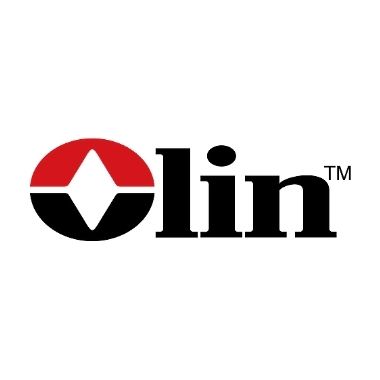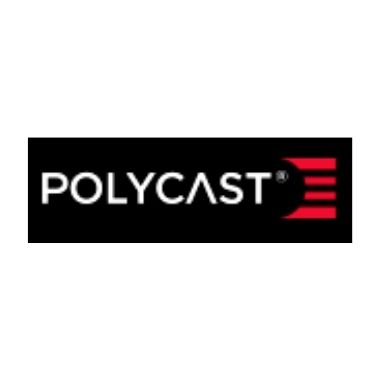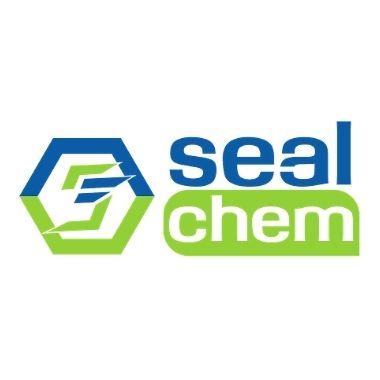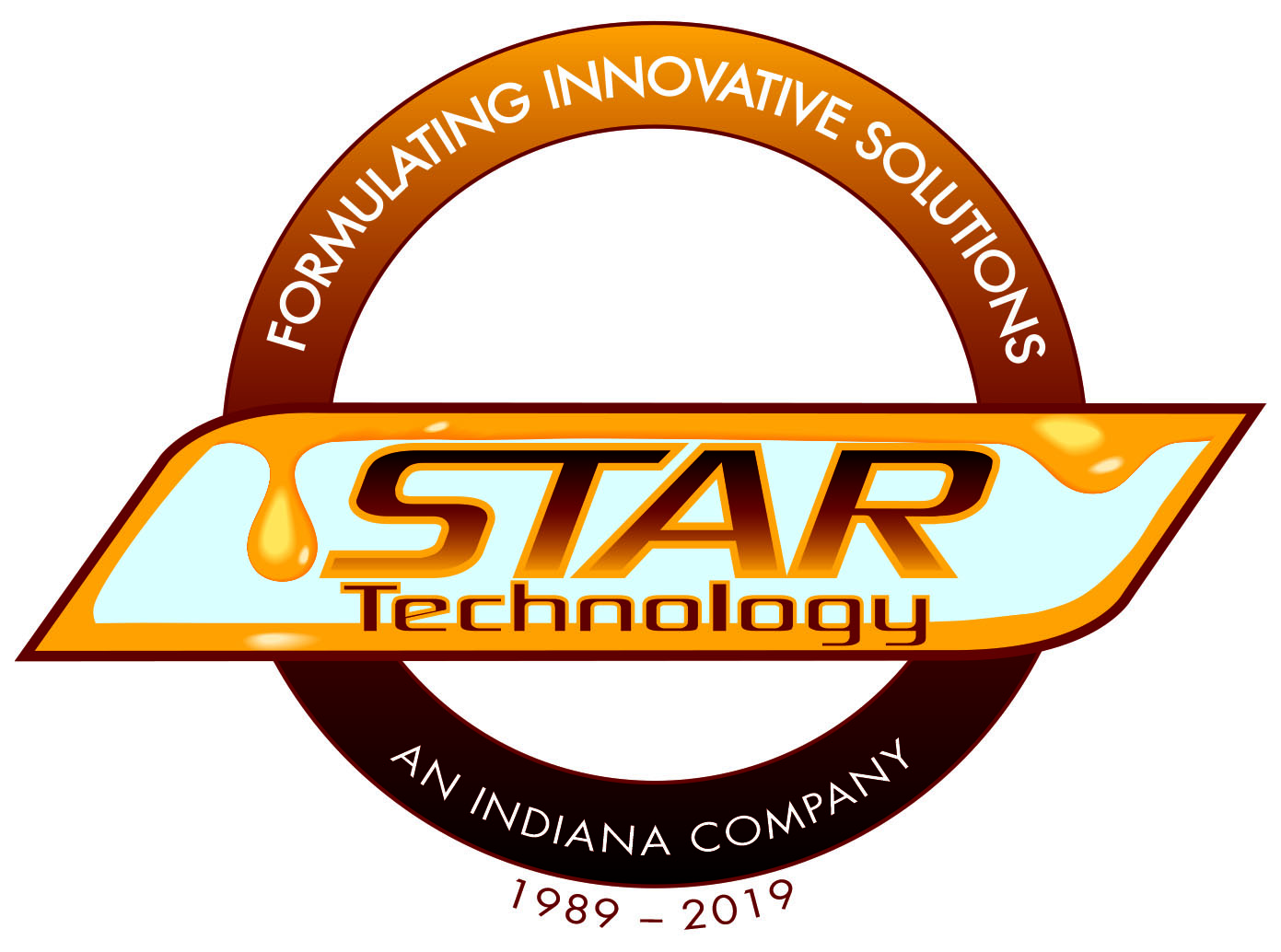2008 Annual Meeting Technical Papers
Note: Technical papers are listed in alphabetical order by company.
CURE EVALUATION OF INTELIMER® LATENT CURING AGENTS FOR THERMOSET RESIN APPLICATIONS
Michael S. Lowry, Air Products and Chemicals Inc.
(Coatings, Civil Engineering, Flooring Committee)
Latent catalysts provide tremendous process flexibility and manufacturing versatility in thermoset applications. One method of creating latency in a formulated resin system is to encapsulate the active ingredient with an impermeable barrier, thereby blocking its reactivity until an externally controlled stimulus triggers its release (e.g., thermal activation). A novel encapsulation technology featuring Intelimer® polymers will be presented. Interior polymers are crystalline materials with sharp, well-defined melting points that can be used for the protection and controlled delivery of active catalysts into formulated resin systems. Areas to be explored include unsaturated polyester (UPE) and epoxy formulations, where Intelimer polymer encapsulated catalysts have demonstrated significant improvements in ambient stability without compromising reaction kinetics at the thermal onset. In UPE applications, for instance, the pot-life of a formulated mixture has been extended from minutes to days at ambient temperature. Similarly, one-component epoxy formulations containing Intelimer latent catalysts have demonstrated year-long shelf-stability while maintaining rapid reaction at cure temperature. Next generation curing agents that take advantage of these unique properties are being formulated and will be discussed.
NANOSTRENGTH BLOCK COPOLYMERS FOR EPOXY TOUGHENING
Robert Barsotti, Arkema, Inc.
(Coatings, Civil Engineering, Flooring Committee)
Due to their high strength, excellent high-temperature properties, and good adhesion to many surfaces, epoxies are extremely valuable engineering materials in composite, adhesive, coating, and electronic applications. Epoxies, however, suffer from a very low toughness. Arkema’s controlled radical polymerization technology has been used to synthesize acrylic block copolymers additives, which provide excellent toughening to epoxies without sacrificing modulus or glass transition temperature. By incorporating functionality into the epoxy miscible block of the polymer, the nano structuration of these polymer additives is achieved in a wide range of epoxy systems, resulting in excellent thermal and mechanical properties.
FUEL CELL APPLICATIONS
Paul Kozak and Daniel Ramrus, Ballard
(Potting, Encapsulation, Electrical Committee)
Ballard Power Systems develops, manufactures, sells, and services (PEM) proton exchange membrane hydrogen fuel cell stacks. For the most part, we work with original equipment manufacturers that integrate our technology into their products. Our products and services are used today in various markets, from materials handling to residential cogeneration and telecom backup power.
We currently use silicones, polymer films, thermoplastic elastomers, and epoxy resins for the sealing component of our fuel cells. Although the needs of the current programs have been met with these materials, these materials will not survive the future demands, which include longer lifetimes, and the cycle times necessary for increased volumes. As part of the technology development road map, Ballard is driving towards a lean design process that utilizes fewer components. This effort will reduce labor costs and leak rates to meet specific product requirements. There are materials engineering and processing challenges that must be overcome to reach this goal. The final design can be altered to suit the manufacturing and process requirements of the materials. The current processes behind these assemblies include liquid injection molding, dispensing, and screen-printing. This talk will detail the next generation of thermoset resin requirements in the areas of membrane electrode assembly (MEA) encapsulation and plate sealing. The commercialization of fuel cell technology depends on the high volume capability required to drive the unit cost down to a level where the assembly is competitive to incumbent technologies.
HEALABLE, SHAPE MEMORY POLYMERS FOR REFLEXIVE COMPOSITES
Thomas Barnell, Cornerstone Research Group, Inc.
(Composites and Tooling Committee)
Cornerstone Research Group, Inc (CRG) has developed reflexive composites capable of identifying damage and healing through an application of heat to the composites’ shape memory polymer (SMP) matrix. CRG has developed two classes of thermosetting SMPs which have demonstrated recovery of mechanical integrity upon thermal stimulation after failure. CRG began healable material development with its styrene-based SMPs. Most current work has focused on epoxy-based, healable SMP materials, due to their ease of processing and improved mechanical properties. In flexure, carbon fiber-reinforced (CFR) epoxy composites recovered above 80% of their initial strength while CFR styrene composites recovered over 90%. Healing occurs on both macroscopic and molecular levels. On a macro level, CRG’s SMP materials will recover the original form upon heating above T g because of their shape memory properties. On a molecular level, the damage can be healed via the movement of the polymer chains across the damage interface, as described in the polymer reptation model. This results in chain entanglement across the fracture interface, thus restoring the mechanical integrity of the composite matrix. This paper discusses the development of such materials and presents the results of the mechanical characterization of healed coupons.
ALTERNATIVES IN TOUGHENING
William Starner, CVC Thermoset Specialties
(Adhesives and Sealants Committee)
The impact of terminal and polymer backbone functionality on toughener effectiveness from the standpoint of the glass transition temperature and adhesive and structural properties were examined. Internal functionality included polybutadiene, polybutadiene/acrylonitrile, polyether, polyester, and polyacrylate. Terminal functionality included Bi's A epoxy adducts, glycidyl esters, and ethers, carboxylates, and alcohols. Data shows that both internal and terminal functionalities have a dramatic effect on all properties tested. Glycidated materials gave the better overall performance.
NOVEL EPOXY TOUGHENING FOR COATINGS AND COMPOSITES APPLICATIONS
Rajesh Turakhia, Dow Epoxy Systems
(Coatings, Civil Engineering, Flooring Committee)
The new novel toughening technology based on FORTEGRA ™ Epoxy Tougheners enhances the mechanical performance of the epoxy resin without compromising other key properties such as Tg and processability (viscosity). This presentation will provide a broad overview of this novel technology and will share key results pertaining to morphology and its connection to thermo-mechanical and mechanical properties in coatings and composites applications.
INNOVATIVE AMINE CURING AGENTS FOR EPOXY RESINS
David Fernee, Hexion Specialty Chemicals, Inc.
(Coatings, Civil Engineering, Flooring Committee)
Water-borne two-package epoxy coating system performance has advanced with the recent advances in the development of new amine functional adducts. These advancements in performance are in conjunction with stricter VOC requirements.
This paper will review the performance of a new Zero VOC water-soluble amine curing agent in coating formulations of <50g/L VOC with liquid epoxy resin. We will review these new formulations against commercially available coatings for concrete. This new amine functional curing agent provides for superior performance and water solubility. We will then present new advanced formulations for unique applications and new physical testing performance results.
Formulations based on this new amine-curing agent demonstrate water reducible epoxy coatings systems can offer superior handling, application properties, and visible end of pot life; combined with improved resistance to chemicals and staining with ultra-low VOC’s. With this new amine technology, this high performance is with low VOC’s.
TAILOR-MADE POLYHEDRAL OLIGOMERIC SILSESQUIOXANE (POSS) MOLECULES FOR THERMOSET RESINS
Bruce X. Fu, Hybrid Plastics, Inc.
(Composites and Tooling Committee)
POSS modified thermoset resins have shown improvements in many areas such as glass transition temperature, scratch resistance, and even outer space survivability. POSS molecules can be tailor-made to have functional groups that react with various kinds of thermoset monomers including acrylates, epoxies, silicones, and more. These nanoscopic molecules can form a hybrid network that contains both organic and inorganic components.
OPPORTUNITIES FOR THERMOSET RESINS IN THE COMPOSITES INDUSTRY
Sanjay Mazumdar, Lucintel
(Composites and Tooling Committee)
The composites industry uses significant amounts of thermoset resins to fabricate parts and products for the automotive, aerospace, construction, sporting goods, electrical/ electronics, wind energy, and other markets. Polyester, epoxy, vinyl ester, polyurethane, phenolic, and a variety of other resins are used with reinforcements such as glass, carbon, and aramid to make these parts. Applications for these resins in the global composites industry will be discussed, along with market size estimates. Major driving forces, as well as market trends and technology developments, will be described along with their impact on future market growth.
For the composites industry in 2007, China and India exhibited the highest regional growth, along with the following global market segments: Wind Energy, Aerospace, and Pipe and Tank. In the last 15 years, the market for GFRP (glass fiber reinforced plastics) grew by 50%, while the market for CFRP (carbon fiber reinforced plastics) grew at five times that rate. Lucintel expects a similar trend in the future with the continued rapid growth of CFRP products again outpacing GFRP by a wide margin.
POLYMER-CLAY NANOCOMPOSITES IN FLEXIBLE PACKAGING APPLICATIONS
Ying Liang, Nanocor, Inc.
(Composites and Tooling Committee)
Barrier property enhancement is the most significant benefit for polymer-clay nanocomposites. Various resins were converted into nanocomposites from either in-situ polymerization or melt compounding. Most nanocomposites have nearly identical processing characteristics as their neat resin and can be made into various packaging articles, from bottles to thermoformed shells. Enhanced barrier properties of several polyamide nanocomposite films will be presented. Commercial applications will be discussed.
HIGH PERFORMANCE - NANOPARTICLES - ECO FRIENDLY: INNOVATIVE BASE EPOXY RESINS ENABLING A NEW GENERATION OF COMPOSITES
Benoit Balmana, Nanoledge, France
(Potting, Encapsulation, Electrical Committee)
Performance, innovation, and environment are new challenges for the composite industry. One of the answers to these challenges resides in the use of new fillers and especially in taking advantage of Nanofillers like Carbon nanotubes. Drastic improvements and changes in the material’s behavior can be achieved with the very low filler content of these nanofillers/nanoparticles. Integration of these nanoparticles can, therefore, whilst reducing the use of massive chemical components, improve the environmental compliance of the material while still improving overall performance.
Another route of environmental compliance is to use these nanoparticles to increase the performance of bio-based resins in order to compensate for flaws. Nanoledge is a company specialized in the integration of these nanoparticles into conventional base resins or building blocks to improve performance and to comply with environmental concerns.
The use of these base resins (conventional or bio-based) designed thanks to the NANO IN technology, in different fields of application like sporting goods, aeronautics, or even wind energy, gave access to new fields of improvement mainly located in the area of damage tolerance and electrical improvement.
Nanoledge and its Nano In technology applied to these different applications demonstrate the potential and reliability of such an option for industrial purposes.
SILICA NANOPARTICLES & RUBBER TOUGHENING - A SYNERGY IN ADHESIVES & COMPOSITES APPLICATIONS
Stephan Sprenger, nano resins AG, Germany
(Composites and Tooling Committee, Adhesives and Sealants Committee)
The combination of classical rubber-toughening with silica nanoparticles, a new industrial raw material, is synergistic. One and two-part structural epoxy adhesives were investigated as well as glass fiber and carbon fiber-reinforced composites. Dramatic improvements in toughness and many other properties were found.
STRUCTURAL STRENGTHENING OF CONCRETE WITH FRP COMPOSITES
Dave White, Sika Corporation
(Coatings, Civil Engineering, Flooring Committee)
Fiber Reinforced Polymers (FRP’s) have become a viable and accepted means of upgrading, strengthening, and rehabilitating Civil Engineering Structures in the United States and abroad. They are currently being used for external reinforcement, seismic strengthening, building modifications, bridge elements, and many other construction applications. This presentation will address the various composite materials currently available. Case studies will be presented to showcase the use of these materials in the field. In addition, the industry-accepted design guidelines and approvals (ACI, ICRI, ICC, etc.) will be explained.
GARAMITE® MIXED MINERAL THIXOTROPES - MORE THAN JUST RHEOLOGY
Terry Brennan, Southern Clay Products, Inc.
(Coatings, Civil Engineering, Flooring Committee)
A new class of additives has recently been developed by scientists. These new additives are called mixed mineral thixotropes (MMT’s). MMT’s are characterized by ease of handling, ease of incorporation, high efficiency, and very high performance to viscosity ratio. Data will be presented that show the efficacy of MMT’s in preventing stratification of both light and heavyweight fillers in SMC applications, including homogenous spacing of micro balloon fillers. MMT’s also improve the tendency of SMC products to “squeeze out” during processing. More uniform coloration is also seen. These benefits are delivered in a product that has minimal effect on the processing viscosity of the SMC formulation.
|



